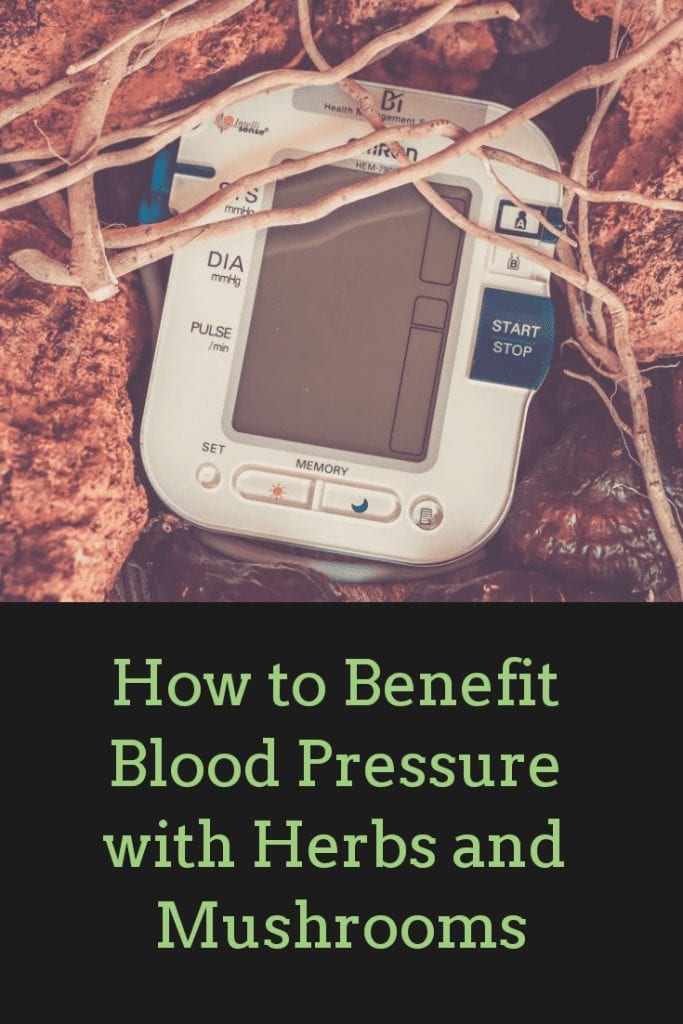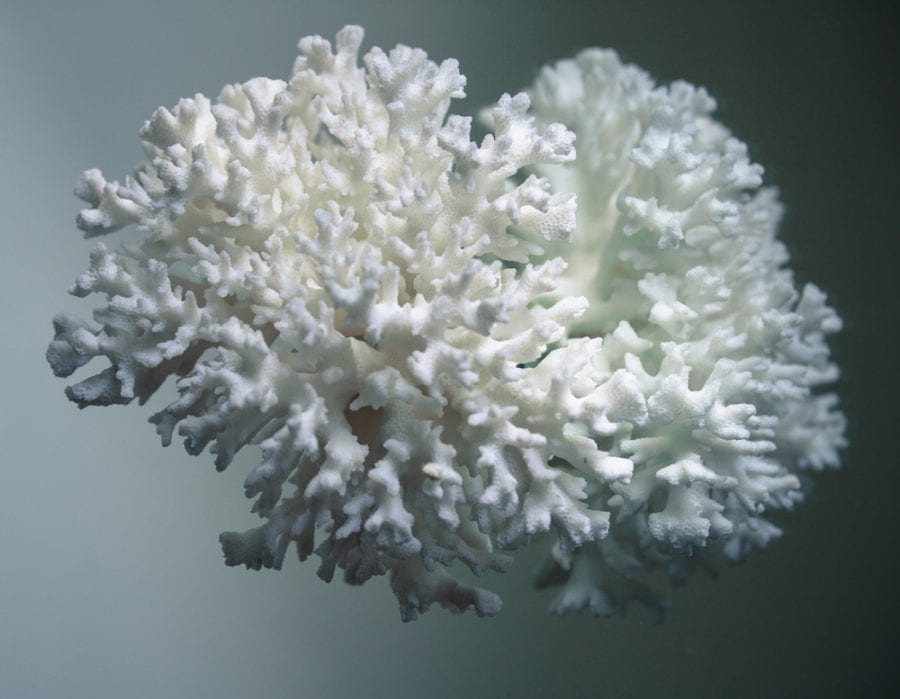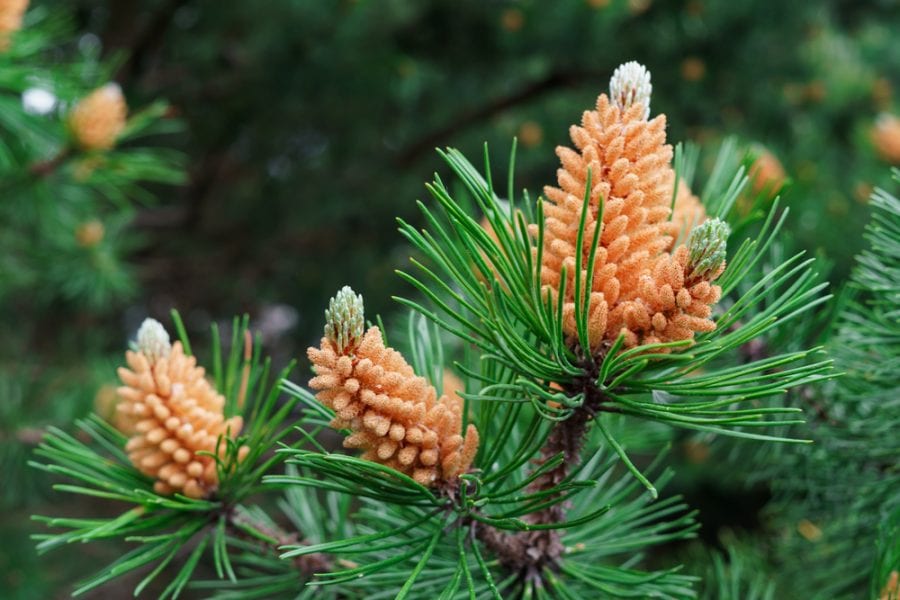Say Goodbye to High Blood Pressure with These Natural Remedies and Hacks
Hypertension, or high blood pressure, is a major problem in modern society. According to the CDC, nearly half of all adults suffer from high blood pressure. However, there are natural ways to combat this epidemic and help our cardiovascular system function well into old age.
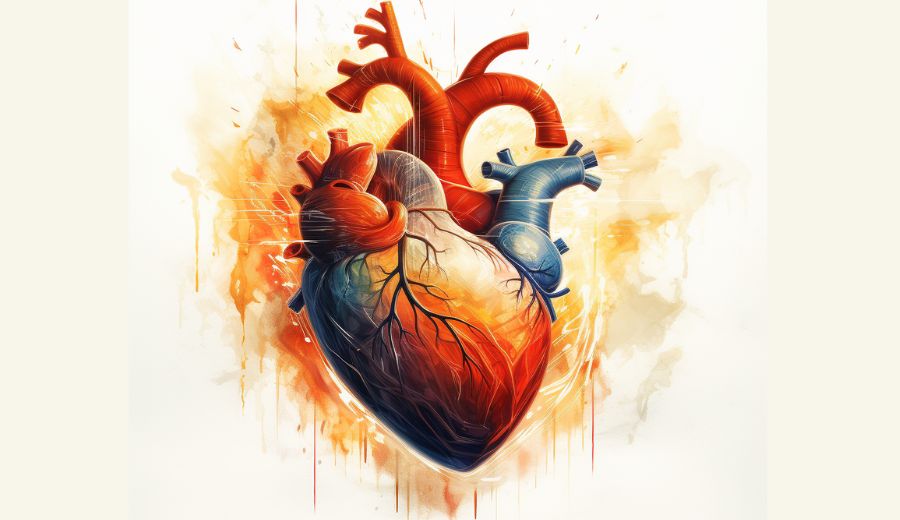
What is High Blood Pressure?
Blood pressure is read as two numbers: systolic and diastolic. Both numbers are critical markers of overall cardiovascular health. Systolic blood pressure (the first number) refers to the pressure of blood as it pushes against the arteries with each heartbeat. Diastolic blood pressure (the second number) is how much pressure your blood pushes against the artery walls between beats.
While low blood pressure can also be a problem for some people, high blood pressure is much more common in modern society.
Recently, the American College of Cardiology and the American Heart Association published new, stricter standards for blood pressure based on the most recent science:
- Normal: <120/80 mmHg
- Elevated: 120-129/ <80 mmHg
- Stage 1 Hypertension: 130-139/ 80-89 mmHg
- Stage 2 Hypertension: > 140/ > 90 mmHg
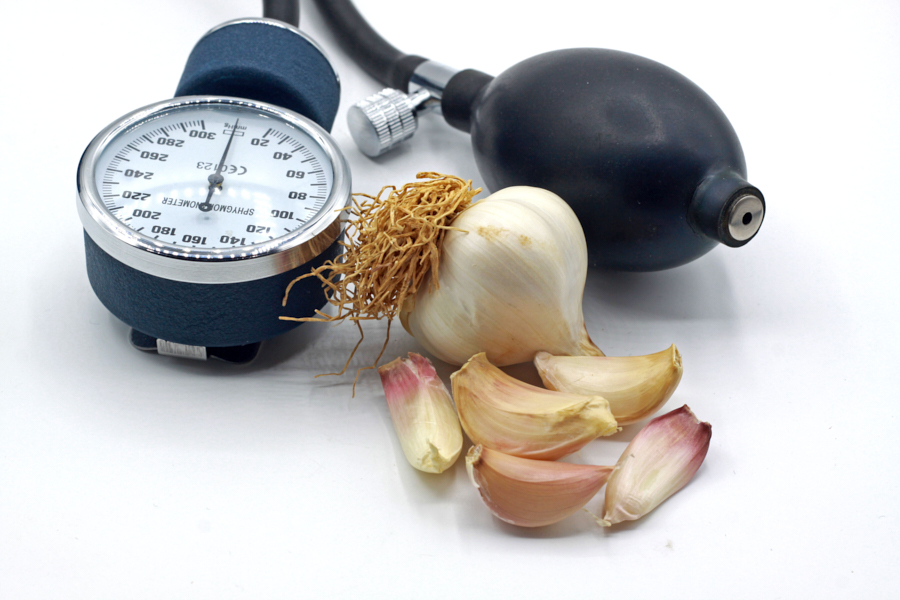
High blood pressure does not always present with symptoms but can be deadly. Hypertension contributes to more than half a million deaths in the U.S. each year.
In addition, hypertension can cause several health issues:
- Aneurysm
- Narrowed arteries
- Enlarged heart
- Coronary artery disease
- Heart Failure
- Transient ischemic attack (TIA)
- Stroke
- Dementia
- Cognitive impairment
- Kidney scarring and failure
- Nerve damage to the eyes
- Fluid build-up and damage to the retina
- Bedroom performance issues
Many factors can contribute to high blood pressure:
- Smoking
- High-stress levels
- Sleep apnea
- Genetics
- Poor diet
- Lack of exercise
- Adrenal and thyroid issues
- Chronic kidney disease
- Alcohol overconsumption
However, in many cases, the cause of hypertension cannot be found. This is a condition that is referred to as “essential hypertension.” Although it might not have a single underlying cause, individuals still have ways to increase their health and reduce the chances of hypertension.
Herbs That Can Help
To find help for this common modern problem, looking back at how people in the past lived long and healthy lives might help. For thousands of years, healthcare practitioners have noticed that certain plants seem to impart healing on their patients. They would improve symptoms of high blood pressure and keep their hearts healthy into old age.
Today, researchers have found that there is a scientific basis behind many of the benefits of these ingredients. They can help keep the blood, arteries, heart, mind, and body healthy for many years. These blood-boosting ingredients include:
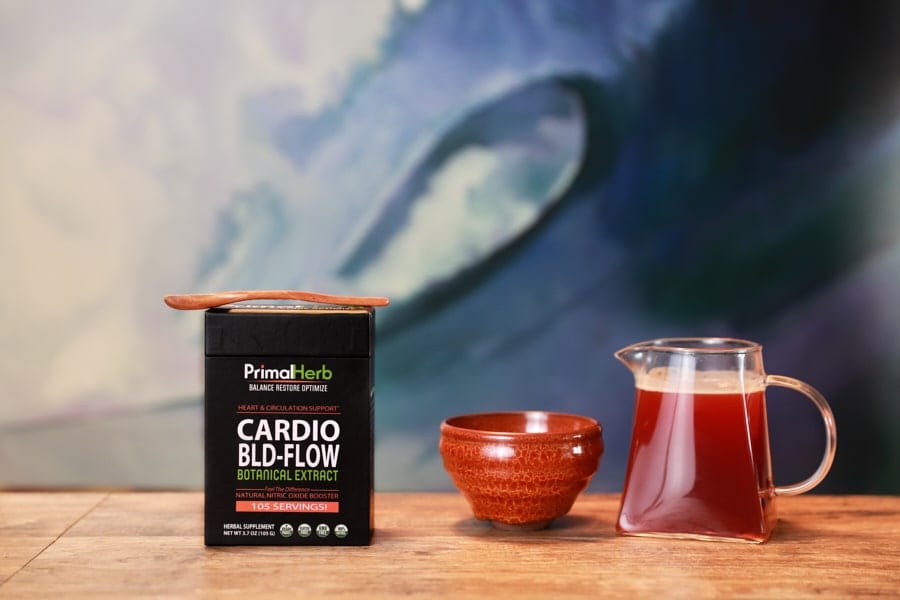 Learn More About Cardio BLD-FLOW: Click Here
Learn More About Cardio BLD-FLOW: Click Here
Beetroot
The beetroot has a fitting red color that denotes how well it can help blood flow. The use of beet to improve the blood stretches back to ancient Roman times. Health practitioners would use beets to enhance digestion, blood, and bedroom performance.
Today, researchers have validated many of these uses for beets. They have especially found that it is powerful in maintaining healthy blood pressure.
One 2018 systematic review found that supplementing with beetroot juice in addition to healthy lifestyle choices is a potent way to control blood pressure for both healthy and hypertensive adults.
Maternal hypertension, or high blood pressure while pregnant, is a serious problem for some mothers. It is associated with adverse pregnancy health outcomes and, at its most severe, called preeclampsia, can even be life-threatening for both mother and baby.
Beetroot can help women maintain healthy blood pressure while pregnant. One 2020 on pregnant mice found that it helped them lower their blood pressure and improved cardiovascular function. A 2018 randomized and double-blind study on pregnant women found that it helped enhance diastolic blood pressure. However, they noted that improvements varied, which the researchers speculated might have something to do with the patient’s oral microbiome.
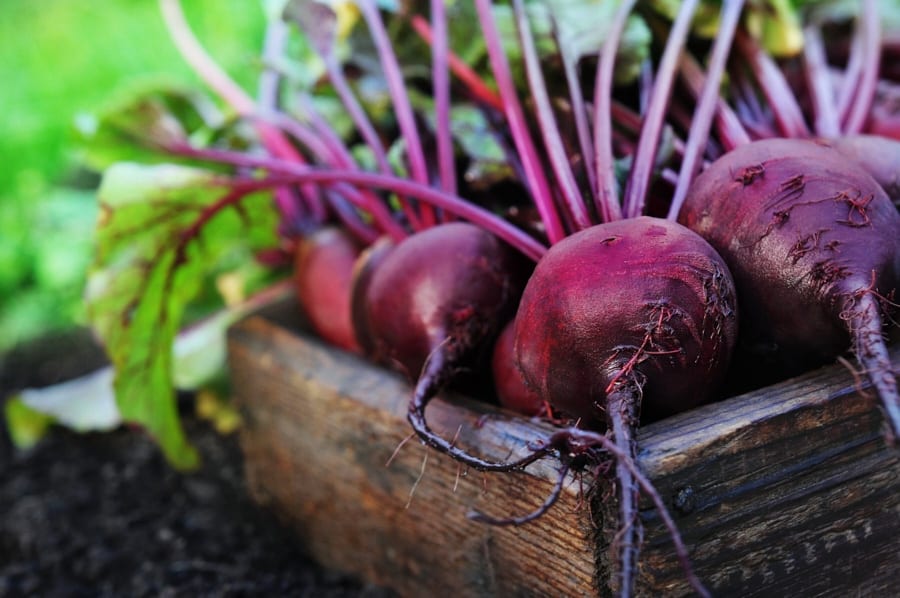
One of the reasons that beets are so powerful for blood pressure is their abundance of nitrates. Although artificial nitrates, like those found in processed meats, can be harmful to health, the natural form of nitrate oxide can be beneficial to the heart.
A 2018 review stated that the newest research points to these nitrates as contributing to a healthy heart. This is because it can help increase nitric oxide (NO) in the blood, which is critical for relaxing the arteries. In one study, patients saw a 21% rise in NO just 45 minutes after taking beetroot. In another meta-analysis of multiple studies, researchers found that it kept hypertension in check even without medication.
As a rich source of Nitric Oxide, beets can provide a powerful aid for those who want to lower their blood pressure.
Hibiscus Flower
While the tropical flower is more widely known for its beauty, hibiscus can impart a number of health benefits. The white flower buds have long been used to help treat hypertension inpatients. Researchers have been able to confirm its ability to maintain healthy blood pressure.
As a rich source of antioxidants, hibiscus can help maintain healthy nitric oxide levels and healthy blood pressure. One study with human patients with metabolic syndrome and hypertensive rats found that both groups experienced a reduction in blood pressure after supplementing with hibiscus.

Another 2019 study on men with different levels of cardiovascular disease took hibiscus tea at breakfast for two weeks. At the end of the study, researchers found that they had significant improvement in their vascular function. In a 2019 study on rats, researchers found that the hibiscus relaxed the muscles around the heart, lowering hypertensive symptoms.
While more studies need to be done before making any sweeping claims about its ability to cut cardiovascular risk, research seems to point to hibiscus’ blood pressure-lowering qualities.
A 2020 review of seven randomized trials found that it could potentially lower both systolic and diastolic blood pressure. In a 2019 study, researchers studied 25 men with some cardiovascular risk ranging from 1-10%. They found that those that had hibiscus tea in the morning had improved vascular function and reduced cardiovascular risk over the control group.
For those who need to improve their cardiovascular and circulatory health, hibiscus, even just in tea form, can provide a powerful boost.
Garlic
Most of us know of garlic as a unique and pungent ingredient in most of our foods. However, health practitioners have long prized the root for its ability to bring healing and promote blood flow in patients. Garlic has played a medicinal role in nearly every civilization that has had access to it. From the Chinese to the Romans to the Egyptians, people have known about the health benefits of garlic for most of modern history.
Scientists have mostly confirmed much of what these practitioners intuitively knew. Research has found that garlic holds numerous benefits for the body, especially the heart and arteries.
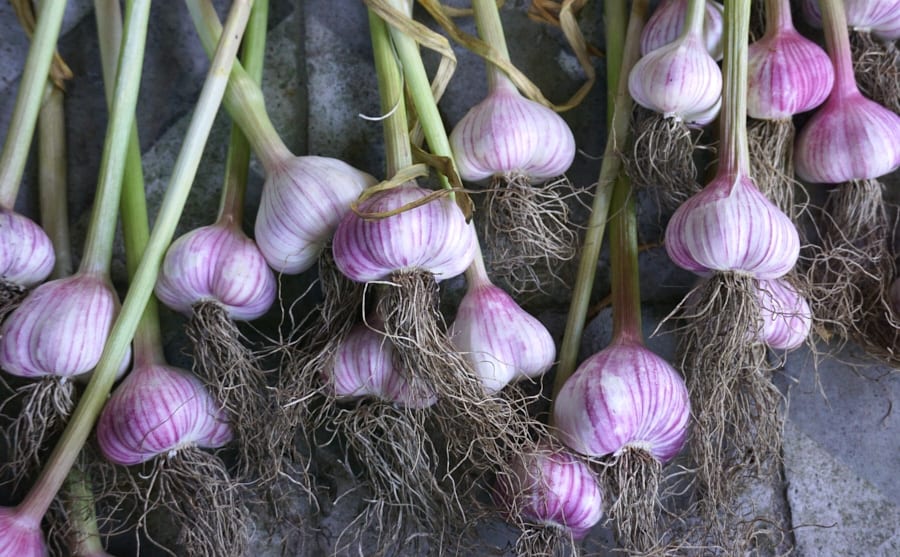
In one review of 20 studies, researchers concluded that garlic supplementation could lower hypertension and serve as a complementary treatment option for high blood pressure. Another 2020 review of 12 different trials found that garlic had multiple benefits for cardiovascular health, including lowering hypertension.
Another double-blind, randomized trial of 79 patients with uncontrolled hypertension took garlic for 12 weeks. Researchers found that the aged garlic was effective in lowering systolic blood pressure.
In fact, another study found that taking the equivalent of four garlic cloves a day was even as effective as some blood pressure medication!
While more research needs to be done to substantiate the benefits of garlic, the current literature is very promising.
Panax Ginseng
Panax Ginseng is native to Korea, China, and Siberia. It often goes by the nickname “true ginseng” to separate it from the more common American ginseng. It is one of the oldest herbs still in use today because of its many benefits to overall health, especially for the heart and blood pressure.
One of ginseng’s significant benefits is its apoptogenic properties. An adaptogen does not bring your energy only up, like caffeine, or only down, like alcohol. Instead, it works as a stabilizing force for people. For those who are feeling run-down or depressed, it will help bring up their mood. For those feeling anxious or high-strung, on the other hand, it will help them calm down. These adaptogenic properties are critical for improving blood pressure.
An imbalanced mood has a significant impact on the heart, and especially blood pressure. A 2015 review of the current literature found that those with intense anxiety are more likely to suffer from hypertension than those with lower anxiety. Likewise, research also correlated depression with uncontrolled hypertension.
Ginseng can help reduce mood swings and the stress that comes with them. A 2020 study found that the adaptogenic effects of ginseng had an antihypertensive effect on the circulatory system.
Ginseng is also high in antioxidants. Oxidative stress is one of the driving factors in most chronic diseases, including hypertension. Research has found that it is associated with endothelial dysfunction, inflammation, and more, leading to hypertension. Ginseng can help target this underlying driver of hypertension in most individuals. One study found that the herb contained over 40 compounds that helped it fight oxidative stress. It was especially rich in compounds that are harmful to the circulatory system and the heart.
In a 2017 review of multiple studies, researchers found that the antioxidants in ginseng were potent in protecting against heart disease. Considering that hypertension is a risk factor for developing heart disease, its ability to help the heart is critical.
Hypertension and bedroom issues are a well-established correlation in science literature. In fact, some of the top male-enhancing drugs on the market were initially developed as a medication for high blood pressure. Panax ginseng can help improve circulation to all parts of the body, increasing performance and stamina.
This effect has been established in research. One review found that it helped enhance bedroom performance, while another study discovered it improved both performance and satisfaction.
Pine Bark
Pine trees are one of the most ubiquitous living beings on the planet. They can be found on almost every continent and have adapted into over a hundred different species to thrive in nearly any environment.
Cultures worldwide have recognized and prized the hardy qualities of the pine tree. They have also long used different tree parts to promote their health, including the pine needles and, most significantly, the bark. Indigenous civilizations, for example, would utilize pine bark for healing wounds and stopping scurvy.
Researchers today have found that pine bark can provide the heart and circulatory system with an incredible boost to improve overall health.
The plant is rich in antioxidants that can help protect the heart, which is vulnerable in individuals with hypertension. A 5-week study on hypertensive rats discovered that the antioxidants in pine bark had an antihypertensive effect. This effect even happened when they were given a diet meant to induce hypertension.
Another 2019 study on rats also found that it inhibited oxidative stress and DNA damage, which could lead to hypertension.
Hypertension is commonly present in metabolic syndrome and other disease markers that put individuals at risk for health disease. It is common in the U.S. and affects nearly 35% of the adult population. Research has found that 80% of those with metabolic syndrome also suffer from high blood pressure.
As a result, many studies that find a reduction of metabolic syndrome will also see reduced blood pressure. A review of the literature of metabolic syndrome and pine bark found that it can help the condition overall. Researchers discovered that it could reduce blood pressure in mild to moderate patients.
In a 2019 review that looked at studies totaling over 1,000 patients, researchers discovered that it effectively reduced the chances of cardiovascular disease.
In addition, pine bark has also been shown to help in the bedroom. A study from 2019 found that it helped improve satisfaction for people with diabetes. Those who have diabetes are more likely to have performance issues, making them ideal for studying. In another study, those who had performance issues could regain normal function after supplementing with amino acids and pine bark.
Memory can also be a problem, and it has been linked with high blood pressure. Pine bark can also help support memory and cognition into old age. One study that spanned over a year found that pine bark improved cognitive function. A different study found it improved cognition scores in patients with even minimal impairment.
Ginger
A staple in most kitchens, the aromatic ginger root is a flowering plant from Southeast Asia. Ginger has long been used by ancient practitioners of almost every tradition that came across it. Traditional Chinese Medicine, Iranian Traditional Medicine, and Ayurveda use ginger for everything from nausea to joint support to memory.
Scientists have found that ginger is effective for many uses. Most famously, ginger is used in modern circles to quell nausea, especially during pregnancy when antiemetics are discouraged. However, it also has exciting implications for heart and circulatory health.
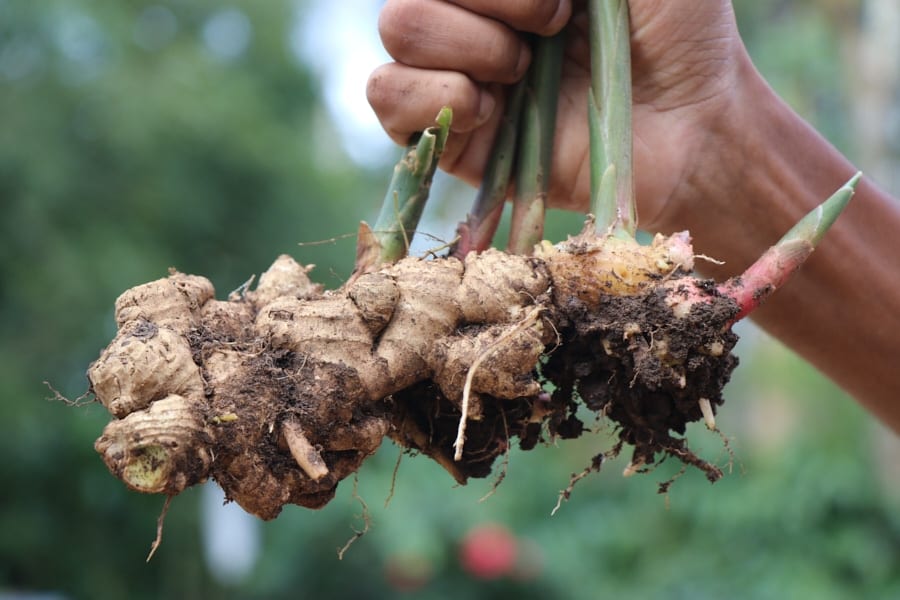
Diabetes is a significant risk factor for hypertension. These two conditions are particularly serious together: individuals with both diabetes and high blood pressure are four times more likely to face heart disease.
Ginger can help with critical blood sugar control necessary for type 2 diabetes and help the heart in the process. One study found that it reduced blood sugar, in particular, that was associated with heart disease. In a different research, ginger helped inhibit atherosclerosis formation, which hypertension can cause. Another study found that it stopped atherosclerosis formation in rabbits.
The initial science is promising, but more research does need to be done to substantiate these findings.
In addition, ginger is full of antioxidants that also help protect the heart. One of the properties of ginger, called 6-gingerol, is potent in fighting oxidative stress in the body. Ginger also has the antioxidants shogaol and paradol that can strengthen the body against oxidative stress.
Ginger can also protect the mind against the adverse effects of hypertension. Research found that ginger can protect the brain specifically from inflammation and oxidative stress. In one study on rats, ginger helped improve their cognition when researchers induced brain impairment with morphine.
Ginger provides a powerful boost for a number of issues associated with hypertension, making it a potent supplement for those who have high blood pressure.
Life Hacks for Improving Blood Pressure
While plants and herbs can provide critical health to those who have high blood pressure, it’s impossible to out-supplement a bad diet. The best way to combat hypertension is with lifestyle changes that can support a healthy heart:
- Get more sunlight. Our modern lifestyle keeps most of us indoors for most of the day. However, our bodies need sunlight to function optimally. A recent study followed over 342,000 patients over three years sought to find the impact of the sun on blood pressure. Researchers found that U.V. sunlight exposure was linked to lower systolic blood pressure regardless of temperature. TO keep your heart and arteries happy, get some sunshine every day!
- Switch to high-quality salt. Low-quality, common table salt has been linked with hypertension. However, that means more than just putting down the salt shaker. Processed foods are loaded with sodium to improve their taste. Start cooking more foods at home, and use high-quality salts, such as Himalayan or Real Salt.
- Test for potassium, calcium, and magnesium deficiencies. Researchers have linked these three critical mineral deficiencies with hypertension. Considering that 75% of Americans are not meeting their recommended magnesium intake, it might be worth supplementing.
- Switch birth control methods. The estrogen in birth control can increase blood pressure in some individuals with long-term use. Switching to estrogen-free birth control or another technique could help reduce hypertension.
- Exercise. Healthy movement is associated with all sorts of health benefits. One of the most significant is its ability to lower blood pressure. Most people start to experience its benefits after one to three months.
- Eat an anti-inflammatory diet. A diet rich in fruits, high-quality meats, and fats is critical for improving blood pressure. It provides the heart with the protection it needs and helps the circulatory system be healthy.
- Take a cold shower. Cold showers can help increase circulation and reduce inflammation, which is critical for lowering blood pressure. However, talk with a doctor before starting a cold shower routine. It can put stress on the heart, which is not ideal for those with cardiovascular issues.
- Start grounding. Grounding, or putting your bare feet on the ground outside, is a powerful way to electrically connect to the earth. Research shows that it can help lower inflammation and stress. An initial study found that it can help lower blood pressure.
- Reduce stress. Stress is associated with hypertension. Find ways to lower your stress levels. Some methods include journaling, meditating, praying, practicing a hobby, or practicing breathwork.
- Get quality sleep. Sleep is one of the most foundational aspects of our health. Short sleep cycles are associated with hypertension. Practice good sleep hygiene habits and aim to get 7-8 hours each night. Also, consider getting tested for sleep apnea if you wake up unrefreshed in the morning.
Lifestyle changes are still the most effective way to reduce blood pressure and live a more vibrant life. When we look after and take charge of our health, we can experience a number of benefits beyond lower blood pressure.
Get Social – Like, Comment, Pin, and Share!
Recommended
Discover Gynostemma: Nature’s Answer to Chronic Pain Relief
Pain isn’t always simple. Pain can be acute or intense, but it can also be chronic, subtle, and life-changing. No matter what pain may be like, it can be limiting. More frustrating are the limited …
Elevate Your Memory: Nature’s Best for Cognitive Boost
It can be frustrating, the way it infiltrates anything and everything in one’s routine. At first, we might not be able to put a finger on what’s going on, or even think of it as …
Pine Pollen: The Natural Superfood for Hormonal Health
Pine pollen is a potent superfood that if added to your daily routine can add tremendous balance to your hormone panel. So let’s go ahead and jump in… We tend not to think of pollen, …
- Exclusive Offers
- Product Giveaways
- Latest Research
- New Product Launches

